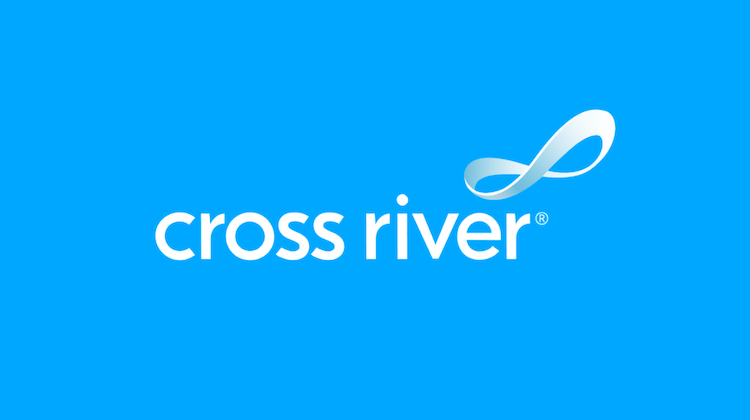Payments
How Cross River Bank plans to bring mobile payments to business customers
- While most are still trying to crack consumer mobile payments, Cross River Bank already sees the opportunity for businesses
- In the innovation economy there are more people working outside traditional hours; it's an opportunity to change how businesses pay employees, customers and suppliers








